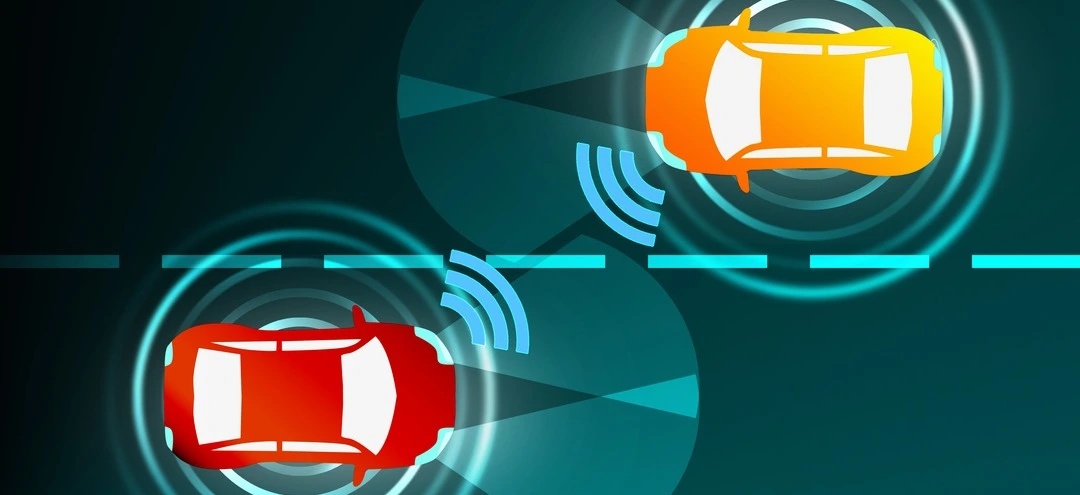In today's fast-paced world, driving aids have become essential features in modern vehicles, enhancing safety, comfort, and convenience. Whether you're a tech enthusiast or simply looking for added peace of mind, understanding the latest must-have driving aids can help you make an informed decision when buying a new car. In this blog, we’ll explore some of the most advanced driving aids, starting with adaptive cruise control and extending to other cutting-edge technologies.
1. Adaptive Cruise Control (ACC)
Adaptive Cruise Control is a significant upgrade from traditional cruise control systems. ACC not only maintains a set speed but also automatically adjusts your car's speed to keep a safe distance from the vehicle ahead. This feature is particularly useful during highway driving, reducing the need for constant manual adjustments and enhancing overall driving comfort.
2. Lane Keeping Assist (LKA)
Lane Keeping Assist helps prevent unintentional lane departures by providing gentle steering inputs to keep your vehicle centered in its lane. Combined with lane departure warning systems, LKA significantly reduces the risk of accidents caused by drifting out of your lane.
3. Blind Spot Monitoring (BSM)
Blind Spot Monitoring systems use sensors to detect vehicles in your blind spots and provide visual or audible alerts when it’s unsafe to change lanes. This feature is invaluable for enhancing situational awareness and preventing collisions during lane changes.
4. Automatic Emergency Braking (AEB)
Automatic Emergency Braking systems detect potential collisions with vehicles or pedestrians and apply the brakes automatically if the driver does not react in time. AEB can significantly reduce the severity of accidents or even prevent them altogether, making it a crucial safety feature.
5. Rear Cross Traffic Alert (RCTA)
Rear Cross Traffic Alert systems warn drivers of approaching vehicles from the sides when reversing out of parking spaces. This feature is particularly useful in crowded parking lots, helping to prevent collisions that occur due to limited rear visibility.
6. Traffic Sign Recognition (TSR)
Traffic Sign Recognition systems use cameras to detect and interpret road signs, displaying relevant information such as speed limits, stop signs, and no-entry signs on the vehicle’s dashboard or head-up display. TSR helps ensure that drivers stay informed about road regulations and drive safely.
7. Parking Assistance
Parking Assistance systems, including park assist and 360-degree cameras, make parking easier and safer. Park assist systems can steer the car into parking spaces, while 360-degree cameras provide a bird's-eye view of the vehicle's surroundings, helping drivers navigate tight spots with confidence.
8. Head-Up Display (HUD)
A Head-Up Display projects key information, such as speed, navigation directions, and safety alerts, onto the windshield directly in the driver’s line of sight. This feature allows drivers to stay informed without taking their eyes off the road, enhancing both safety and convenience.
9. Driver Attention Monitoring
Driver Attention Monitoring systems use cameras and sensors to monitor the driver’s behavior for signs of fatigue or distraction. If the system detects that the driver’s attention is waning, it can issue warnings and suggest taking a break, helping to prevent accidents caused by drowsy or distracted driving.
Conclusion
As technology continues to advance, modern cars are equipped with a plethora of driving aids that make driving safer and more enjoyable. When shopping for a new car, consider these must-have features to enhance your driving experience and ensure your safety on the road. From adaptive cruise control to driver attention monitoring, these technologies represent the future of driving, offering peace of mind and convenience for drivers of all skill levels.
Stay updated with the latest automotive trends and features by following my blog. Drive smart and stay safe!








